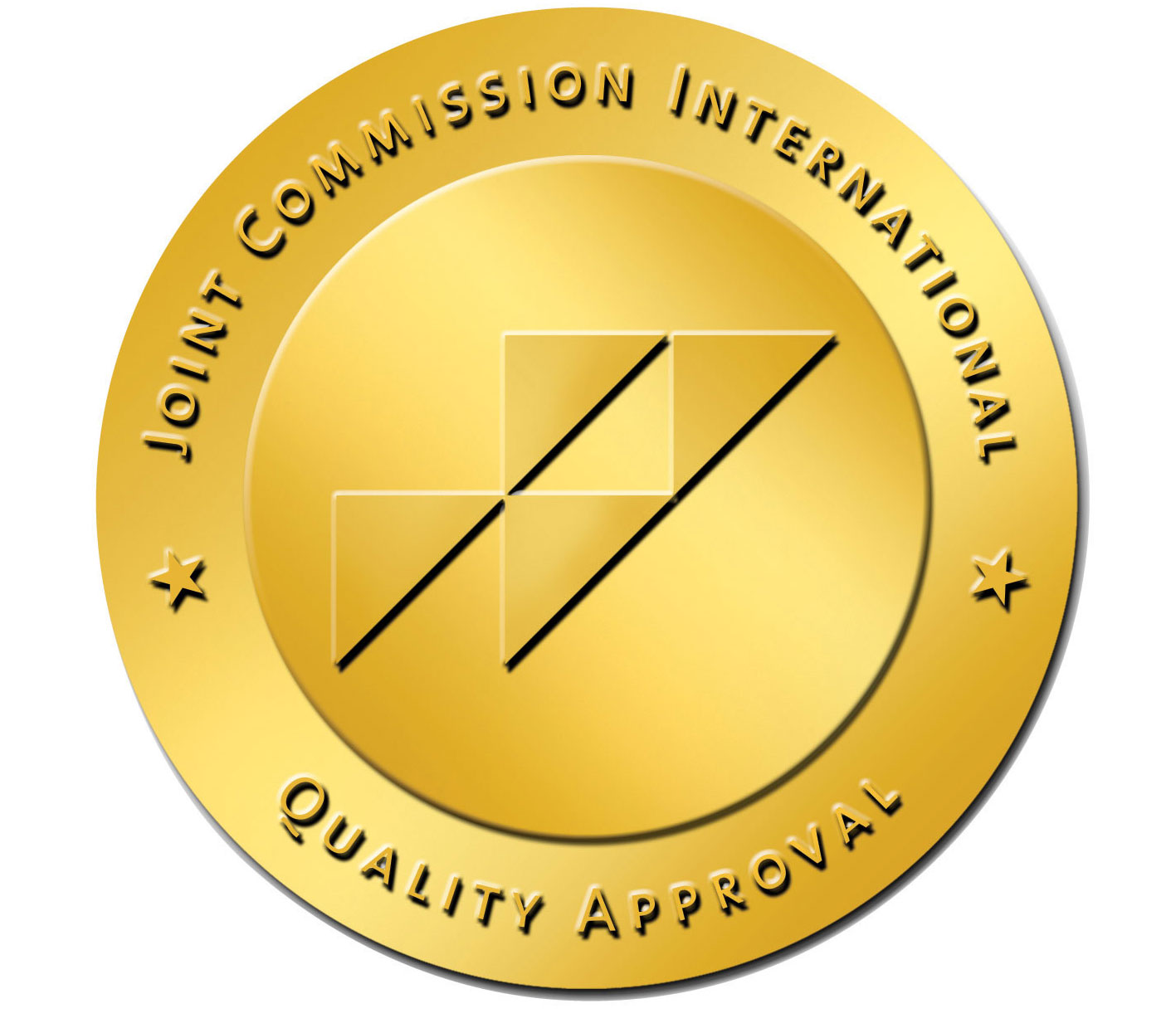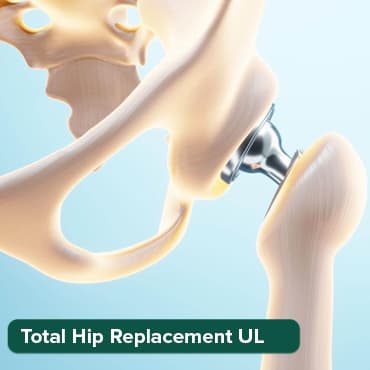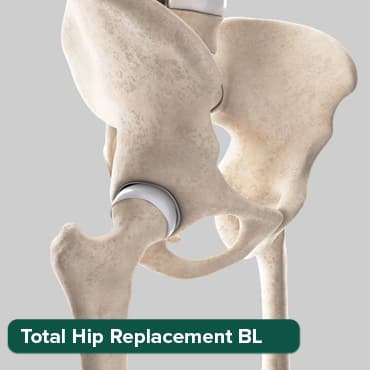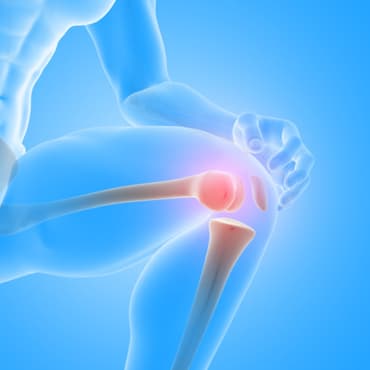
From Types to Procedure, Here’s All You Need to Know About Head Shape Surgery
02 Aug, 2022
Overview
Skull reshaping, also known as cranioplasty, is a set of plastic surgery procedures that help to repair the bone defect in the skull resulting from previous injuries. People who are unhappy with the shape of their skull or who have skull abnormalities undergo this surgical procedure. Skull reshaping is done to address issues such as flattened skulls, ridges and bumps, and skulls that are too wide or too narrow. The surgery is not simple, and the patient must first consult with the surgeon thoroughly. Here we’ve described the procedure and types of head shape surgery, along with the cost for the same.
What are the types of grafts involved in cranial reshaping?
Skull reshaping can be done to correct congenital cranial deformities as well. There are various types of cranioplasties, but the majority involve lifting the scalp and restoring the contour of the skull using either the original skull piece or a custom contoured graft made from material such as:
Transform Your Beauty, Boost Your Confidence
Find the right cosmetic procedure for your needs.

We specialize in a wide range of cosmetic procedures

-Titanium (plate or mesh)
-Synthetic bone
-Customised solid biomaterial to match the exact contour and shape of the skull
Also, Read - Craniotomy Surgery Procedure, Recovery Time
What do you need to undergo cranioplasty or head shape surgery?
Cranioplasty can be done for a variety of reasons, including:
- Protection: In some cases, a cranial defect can expose the brain to damage.
This has been shown to improve neurological function in some patients. In some cases, a customized cranial implant is designed ahead of time to assist the surgeon in achieving the desired shape and result.
- Aesthetics: A visible skull defect can have an impact on a patient's appearance and confidence.
- Headache: Cranioplasty can help with headaches caused by previous surgery or injury.
- Craniosynostosis: If one or more skull joints fuse permanently, the growth pattern of the skull will change. Here, the skull expands to make room for the brain. However, growth does not always create enough space, resulting in intracranial pressure. This condition impairs an individual's mental development and causes sleep problems as well.
Also, Read - Top 5 Cranioplasty Centres In India
How is the procedure performed?
In the operating room, a general anesthetic is administered. Once you've fallen asleep, the team will position you so that the surgeons have easy access to the bone defect. The incision site is then shaved and antiseptically prepared, and you are protected by drapes that expose only the surgical area.
After administering a local anesthetic, the surgeon will carefully cut the skin of your scalp and gently separate it into layers, protecting the dura, which covers the brain.
In order to position the bone or implant correctly, the surgical team cleans the edges of the surrounding bone and prepares the surface. Then, screws, plates, or both are used to secure the bone or implant the cranial bones.
Then, after the bone or implant has been placed and the bleeding has been controlled, the team returns the scalp to its original position and closes the incision with a nylon suture. A small suction drain may also be left in place to help remove any excess fluid. In a few days, the drain will be removed.
Also, Read - Brain Tumor Surgery Cost in Delhi, India
What are the risks associated with head shape surgery?
Like any other surgery, those considering skull reshaping wonder if the procedure is risky.
Some of the common risks include an allergic reaction to anesthesia, bleeding in the brain, swelling in the brain area, and infections in the brain or wound area; otherwise, the patient is safe.
The patient may also experience memory problems and difficulties such as impaired speech, vision, and blood clotting.
Also, Read - Neurological Disorders and their Symptoms
The cost of cranioplasty surgery in India
The head shape surgery cost in India may vary based on multiple factors, including:
- The skill of the surgeon
- The health of the patient
- Location of the hospital
- Amenities available in the hospital or clinic
Hence, the cost of cranioplasty surgery may range between Rs. 4,90,000 and Rs. 5,00,000.
Also, Read - Brain Tumor Surgery Success Rate & Survival Rate
How can we help with the treatment?
If you are in search of head shape correction surgery hospitals in India, we will serve as your guide throughout the treatment. Our health trip advisors will be physically present with you even before the treatment begins. The following will be provided to you:
- Opinions of expert physicians and surgeons
- Transparent communication
- Coordinated care
- Prior appointment with specialists
- Assistance with hospital formalities
- 24*7 availability
- Arrangement for travel
- Assistance for accommodation and healthy recovery
- Assistance in emergencies
We are dedicated to offering the highest quality health care services to our patients. We have a team of highly qualified and devoted health trip advisors who will be by your side from the beginning of your journey.












